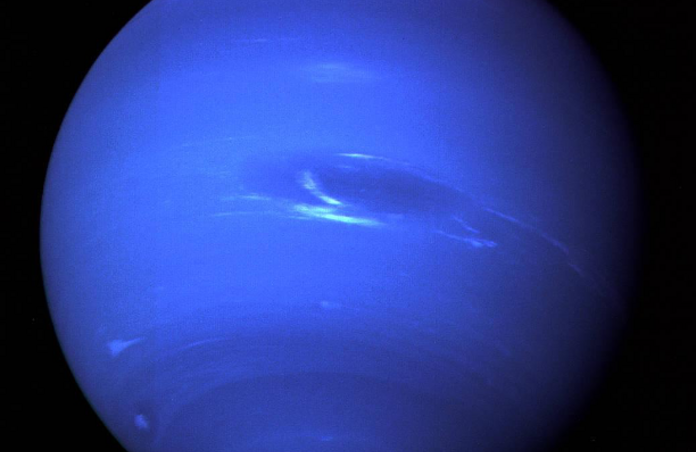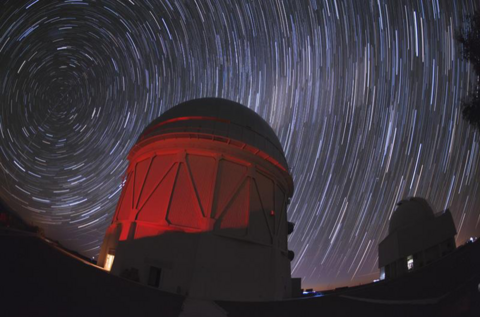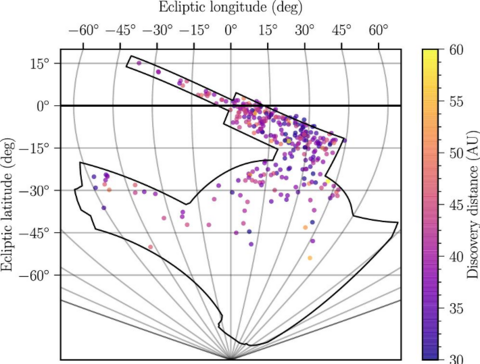139 New Minor Planets Discovered Beyond Neptune

After analyzing six years worth of data from the Dark Energy Survey (DES), astronomers have discovered over 130 new minor planets near the edge of our solar system. The Dark Energy Survey, which initially intended only to study the dark energy that's believed to permeate the cosmos, ended up discovering much more along the way. The survey revealed over 300 minor planets beyond Neptune, known as trans-Neptunian objects (TNOs). Out of those 300 minor planets, 139 are brand new discoveries.
The Dark Energy Survey (DES)

The Dark Energy Survey was launched in August 2013 and ended its mission in January 2019. The project analyzed over 300 million distant galaxies, studying various objects such as supernovae and galaxy clusters. Using a custom-made digital camera mounted on the Blanco 4-meter telescope in Chile, they were able to observe 5,000 square degrees of the southern sky. Over 400 scientists hailing from 25 institutions across the world worked together to gather new knowledge regarding dark matter’s influence on the accelerated expansion of the universe.
Discovery of Minor Planets (TNOs)
The survey yielded incredibly precise results, primarily due to the rather meticulous observation methods employed by the researchers on the project. Because of this precision, graduate student Pedro Bernardinelli and professors Gary Bernstein and Masao Sako of the University of Pennsylvania were able to discover the new TNOs. “The number of TNOs you can find depends on how much of the sky you look at and what’s the faintest thing you can find,” said Bernstein.
Since the DES simply wasn’t designed to track TNOs, the team developed an entirely new method of tracking them—by studying their movements over one to two-hour intervals. Bernardinelli, using the first four years of data from the DES, compiled a dataset comprising 7 billion “dots,” which represented objects in the sky. The team used a complex process of elimination to narrow down the dot-candidates, which included everything from stars to supernovae.

Since the research only covered the first four years of data collected from the Dark Energy Survey, and since the results were positive, the researchers plan to run the same analysis on the full amount of data. The new method of discovering TNOs will undoubtedly be helpful to many other TNO-hunting endeavors as well—even those working with much larger datasets. “Many of the programs we’ve developed can be easily applied to any other large datasets, such as what the Rubin Observatory will produce,” said Bernardinelli.
The research findings by Bernardinelli, Bernstein, and Sako were published in the Astrophysical Journal Supplement Series. Now that we know about these new TNOs, astronomers will be studying their orbits and origin. The specific details on the new TNOs may hold a great deal of information about our solar system, which could also help in the search for the hypothetical, and ever-elusive, Planet Nine.